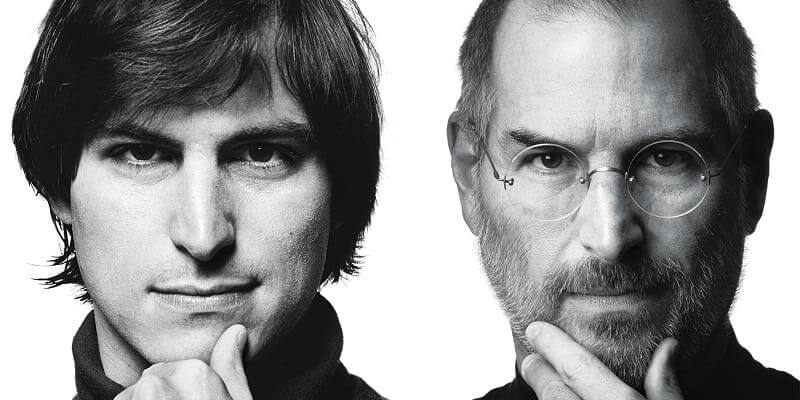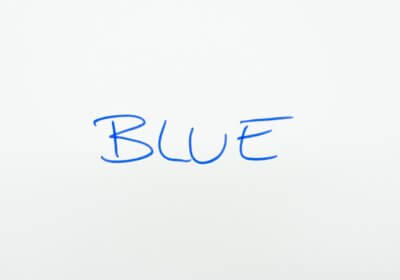Find out interesting information about how Steve Jobs influenced the history of fonts.

Short font history
Fonts have been an integral part of human communication for centuries.
From the earliest cave paintings to modern digital typography, fonts have evolved and adapted to suit the changing needs of society.
The earliest known example of a font dates back to ancient Sumeria, where the cuneiform script was used to write on clay tablets.
These early fonts were carved into stone and clay to record important events and documents.
The Egyptians also developed their own font, using hieroglyphics to communicate their ideas.
During the Middle Ages, the development of the printing press revolutionized the way fonts were created and used.
The first printed books were created using moveable type, where individual letters could be arranged and printed in sequence to create a complete text.
The Gutenberg Bible, printed in the 15th century, is a classic example of early moveable type printing.
Printing technology advanced
As printing technology advanced, so did the design of fonts.
The first typefaces were simple and functional, designed to be easy to read and reproduce.
However, as printing became more sophisticated, so did the demand for more elaborate and ornate fonts.
During the 18th and 19th centuries, a number of different typefaces were developed, including Roman, Gothic, and script fonts.
The 20th century saw a revolution in typography with the introduction of digital fonts.
The first digital fonts were created in the 1960s and were designed to be used with early computer systems.
These fonts were created using mathematical algorithms, which allowed them to be scaled and modified without losing their quality.
How did Steve Jobs influenced the history of fonts
One of the most influential figures in the history of fonts is Steve Jobs.
In the 1980s, Jobs recognized the importance of typography in computing and worked with designer Susan Kare to create a series of fonts for the Macintosh computer.
These fonts, including Chicago, Geneva, and Monaco, helped to define the look and feel of the Macintosh operating system and became a template for future digital fonts.
In the 1990s, the introduction of TrueType fonts marked another milestone in the history of typography.
TrueType fonts were designed to be scalable and could be used on both Macintosh and Windows operating systems.
Again, this made it possible for designers to create high-quality digital fonts that could be used on a variety of different devices.
Today, digital fonts are ubiquitous and are used in a wide range of applications, from desktop publishing to web design. There are thousands of different fonts available, from classic serif and sans-serif fonts to more elaborate and ornate script and display fonts.
Despite the proliferation of digital fonts, traditional typography is still alive and well.
Many designers and printers continue to use moveable type and letterpress printing techniques to create high-quality printed materials.
These techniques require a high degree of skill and precision and are often used to create limited-edition prints, books, and other high-end printed materials.
And then, there has been a renewed interest in hand lettering and calligraphy.
Finally, many designers and artists are exploring traditional lettering techniques, creating custom fonts and lettering styles that evoke a sense of craftsmanship and authenticity.
Conclusions
To summarize, fonts have a rich and fascinating history that spans centuries.
From ancient Sumeria to modern digital typography, fonts have evolved and adapted to suit the changing needs of society.
And today, there are thousands of different fonts available, each with its own unique style and character.
No matter who you are, the history of fonts is an endlessly fascinating subject that continues to evolve and inspire.
Above all, let’s all say thank you to Steve Jobs for all his work.



